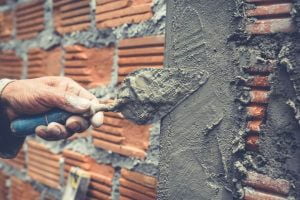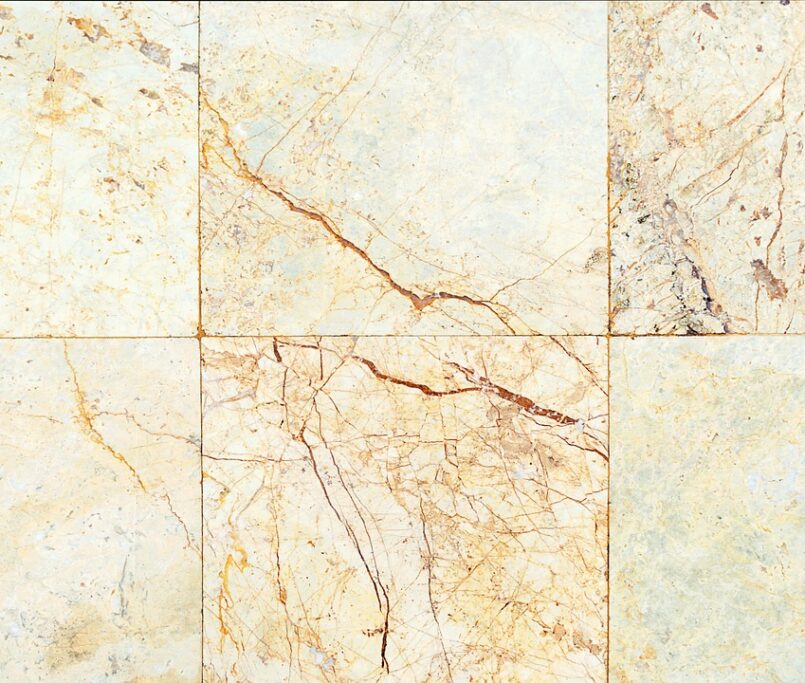Differences Between OPC and PPC Cement
One of the most frequently asked questions is the differences between OPC and PPC cement types. In this article, the differences between the OPC and PPC and their usage areas will be examined, and the answer to the question of which cement is better will be included to answer your inquiries.
What Is OPC (Portland Cement)
Portland cement is the most widely used type of cement in the world as a basic ingredient in concrete, mortar, stucco, and non-specialty grout. Because of the low cost and widespread availability of the limestone, shales, and other naturally occurring materials used in Portland cement, it has become one of the most widely used materials over the last century.
The most common application for Portland cement is in the manufacturing process of concrete. Concrete is a material made up of aggregate (gravel and sand), cement, and water. Concrete made from Portland cement is one of the most versatile building materials on the planet, and it has changed the world in almost every observable way. As one of the most widely used substances on the planet, Portland cement manufacturing is currently critical to the global economy.
What Is PPC (Portland Pozzolana Cement)
PPC (Portland Pozzolana Cement) is an OPC derivative (Ordinary Portland Cement.) PPC is made by combining Pozzolanic materials with OPC. As a result, the main components are OPC clinker, gypsum, and pozzolanic materials. Portland Pozzolana cement is an integrated cement made by combining OPC cement with pozzolanic materials in a specific proportion. PPC cement is the most common name for it. Because the pozzolanic material reacts with the calcium hydroxide liberated by the hydrating Portland cement to form cementations compounds, PPC increases the impermeability and density of the concrete. It can be used with confidence in the construction of hydraulic structures, marine works, mass concreting, and so on. It also guards against alkali-aggregate reaction in concrete.
What Is the Difference Between OPC and PPC Cement?
Ordinary Portland Cement is a type of Portland Pozzolana Cement. Pozzolana materials, such as fly ash and volcanic ash, are added to the OPC to transform it into PPC. Pozzolana materials are added to cement in amounts ranging from 15% to 35% by weight. There are many differences between OPC and PPC cement as these two types of cement differ in terms of component, strength, heat generation, percentage of various components, durability, grades, cost, eco-friendliness, application, setting time, curing period, and so on.
The following are the main differences between OPC and PPC:
- In the early stages, OPC has a higher strength than PPC. In the long run, PPC’s strength outperforms OPC’s.
- OPC’s setting time is shorter than PPC’s. It takes 30 minutes to set up and 280 minutes to finish. Its quicker setting time contributes to faster construction. The PPC setting time is greater than the OPC setting time. The initial setting time is 30 minutes, and the final setting time is 600 minutes. Its slower setting time facilitates in better finishing.
- Because of its high hydration heat, OPC is unsuitable for mass concreting. The hydration process of PPC is slower than that of OPC, resulting in a low heat of hydration. As a result, it is appropriate for mass concreting.
- Another main difference between PPC and OPC is the presence of chemicals. For example, sulphates, alkalies, chlorides, and other contaminants in OPC is higher and less resistant than in PPC. PPC, on the other hand, contains a low percentage of sulphate alkalis, chlorides, magnesia, and free lime, which makes the concrete durable.
- In windy conditions, OPC is unsuitable. Meanwhile, PPC is more resistant to harsh weather.
- OPC uses natural stones such as limestone clay and gypsum. In turn, OPC emits a good amount of CO2 during the manufacturing process. PPC, on the other hand, is environmentally friendly because it consumes industrial wastes such as fly ash and bf slag.
- OPC cement comes in three grades: 33 Grade, 43 Grade, and 53 Grade. PPC is available in a variety of grades.
- OPC is slightly more expensive than PPC whereas PPC is less expensive than OPC.
Conclusion: When it comes to differences between OPC and PPC, both are commonly used in construction. Nowadays, PPC is used in place of OPC. PPC is a variation of OPC that includes a pozzolanic material mixture that helps to increase the strength of the concrete. PPC also reduces the amount of OPC required in the production of concrete. Surprisingly, it is an ecofriendly material that contributes to long-term development. In light of these considerations, PPC has a slight advantage over OPC. However, reaching a certain and precise conclusion is difficult.
Uses of OPC and PPC Cement
While there are many differences between OPC and PPC in terms of their properties, they also have different application areas. PPC is thought to be a future product due to its numerous applications in the construction industry. They are appropriate for use in harsh environmental conditions. They can be used to build marine structures, masonry mortars and plastering, and hydraulic structures with confidence. Furthermore, they are widely used in mass concreting projects such as dykes, sewage pipes, dams, and so on. PPC is also used in all other applications that use OPC.
However, OPC is the most widely used cement in the world. The most common application for Portland cement is in the manufacture of concrete. Concrete is a material made up of aggregate (gravel and sand), cement, and water. Concrete, as a building material, can be cast in almost any shape desired and, once hardened, can become a structural element. Concrete can be used to build structural elements such as panels, beams, and street furniture, or it can be cast-in-place for superstructures such as roads and dams. Portland cement is also used in mortars (only with sand and water), plasters and screeds, and grouts to consolidate foundations, roadbeds, and other structures. Because of its low production costs, it is a popular cement in the construction industry. They are commonly used in the construction of high-rise structures, roads, dams and bridges.
Which is Best?
People frequently wonder whether OPC or PPC is better. Although the two cement types are not significantly different, they have distinct advantages and disadvantages in many areas, including their properties and application areas. Which cement is better depends heavily on the usage area, and the answer changes depending on the needs of the customer.
PPC, for example, is a very fine cement that is ideal for plastering. Pozzolana cement has a high resistance to sulphate attack and is therefore used in hydraulic structures, marine structures, construction near the seashore, dam construction, and so on. Due to the fineness of the pozzolano materials, they can fill gaps between the reinforcement and aggregate, reducing shrinkage, honeycomb formation, and bleeding.
OPC in comparison to PPC, typically takes less time to set, which is important for large-scale constructions, speeding up the process of determining the length of the construction period. OPC, in addition to having a quick setting time, also has a short curing time. However, OPC is less durable than PPC and has a lower resistance to aggressive chemicals than PPC.
To sum it all up, OPC is commonly used for commercial applications, whereas PPC is used for residential applications. Both OPC and PPC are used in the manufacturing of slabs.
Emin İnşaat’s goal is to provide you with the highest quality cement, regardless of the cement type you choose. For further information, please contact Emin İnşaat.
You can reach previous article from https://emininsaat.com.tr/the-most-durable-and-long-lasting-cement-type/




What Are the Differences Between Clay Brick and Cement Brick? - Emin İnşaat
28 July 2022[…] You can reach our previous article from https://emininsaat.com.tr/differences-between-opc-and-ppc-cement/ […]